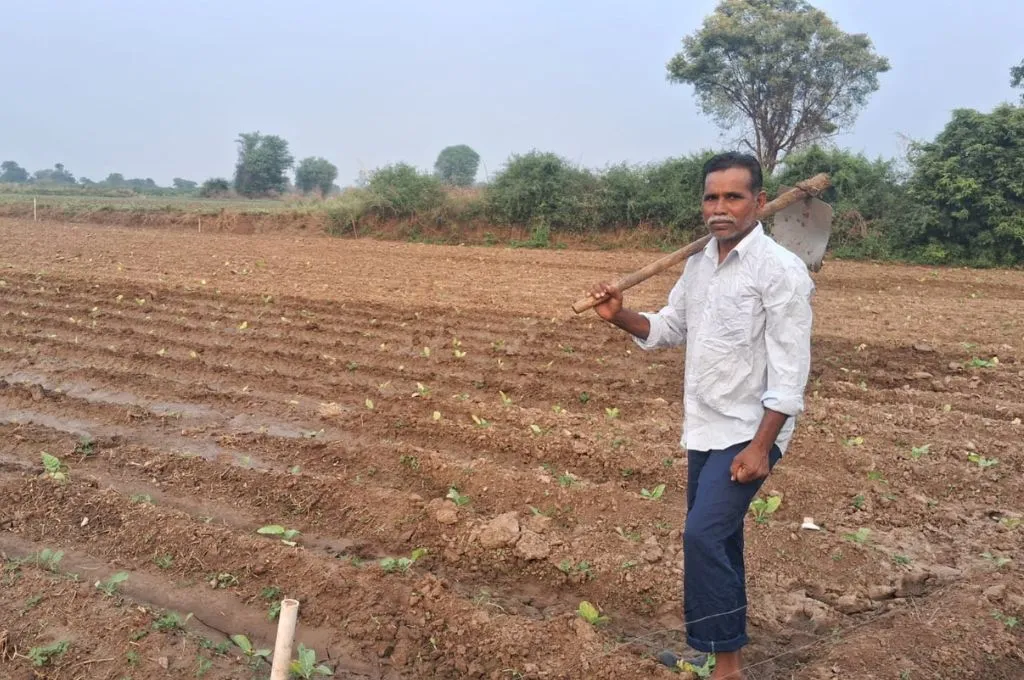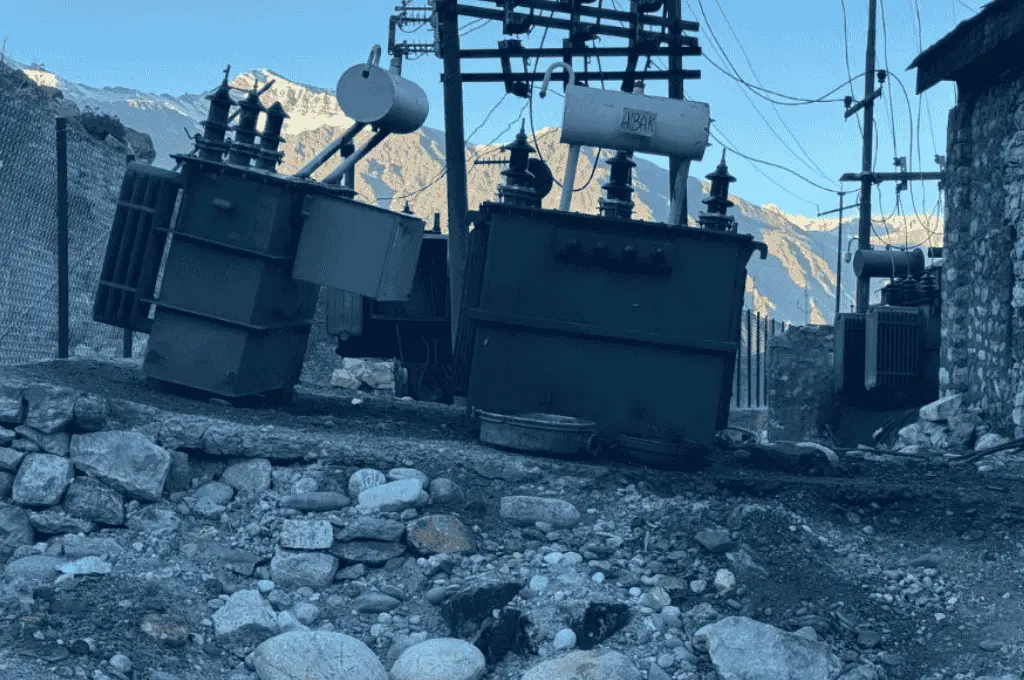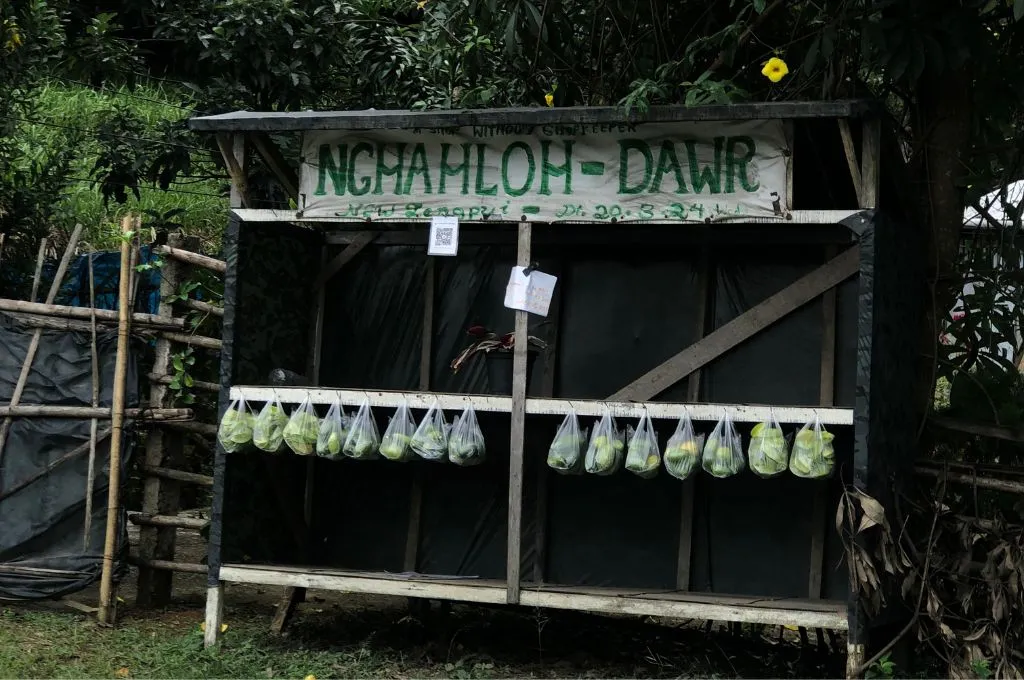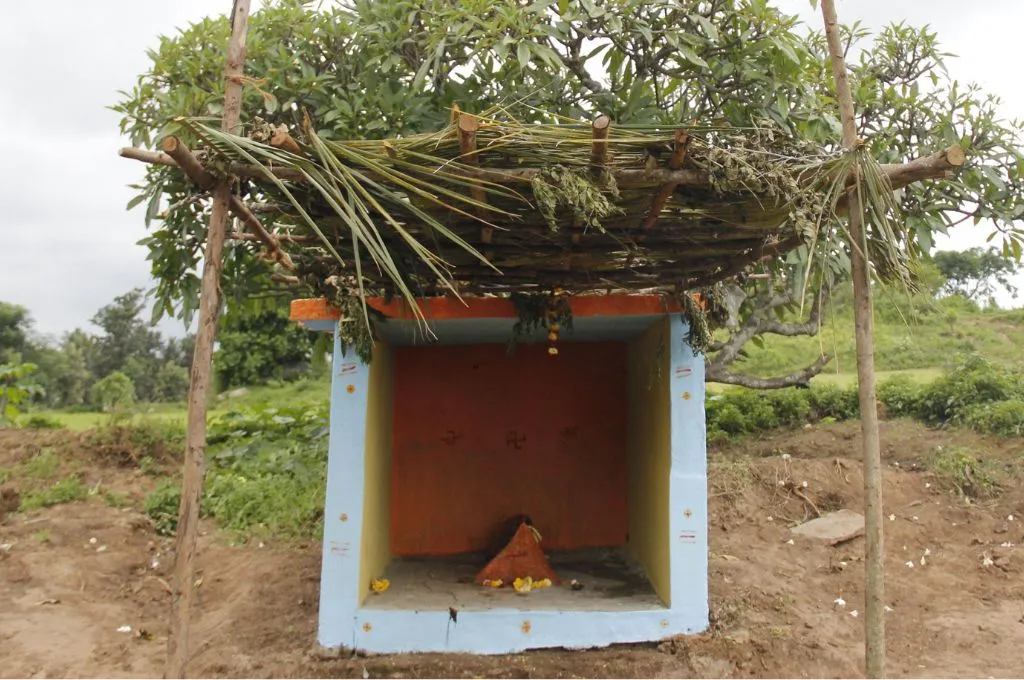The science behind melye-amiley, the superfood of the Chakmas
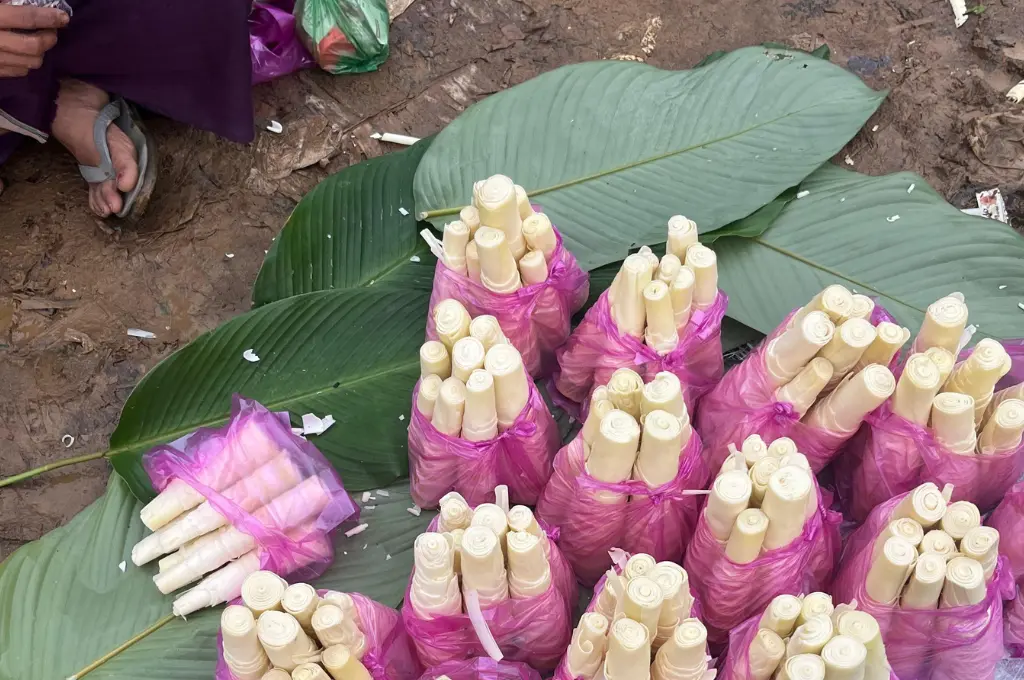
Every Tuesday morning, hundreds of farmers and traders from the Chakma community gather at the Pecharthal main market in Unakoti district with fresh produce from the hills. The eclectic mix of leafy greens, corn, pork, and potatoes gives us a glimpse into the culinary traditions of the Chakmas. Among these, we also find the humble bamboo shoot that is ubiquitous to the Chakma cuisine and consumed in various fermented forms like melye-amiley.
Ishika Chakma, a young environmentalist, says, “Fermented bamboo shoots are a crucial component of every Chakma platter, and one can safely say that a Chakma feast is incomplete without this. Each preparation has its unique technique that results in a distinct flavour profile. We even have a running joke that bachhuri mala [a bamboo shoot preparation] is our reply to the French croissant.”
The Chakmas have lived in Tripura for well over four centuries now, having settled during the period of the Bengal Sultanate and then arriving in successive waves to flee violence in the Chittagong hill tracts of Bangladesh. The similarity in the terrains of Chittagong and Tripura meant that much of the traditional ecological knowledge was easy to carry into this new region. Today, in Pecharthal, areas like Gandacherra and Chhamanu in Dhalai district, and pockets all over the state, the Chakmas preserve their history and heritage through food like bamboo shoots and cooking techniques such as fermentation. However, as climate change continues to alter ecologies across the Northeast Indian landscape, bamboo varieties face the threat of gradual replacement by unplanned infrastructure and monocrops like rubber.
Sushil Chakma, a development professional and conservationist, says, “The cascading effects of climate change and landscape degradation on bamboo quality and diversity are unprecedented. Without urgent action to regenerate this crop, our Chakma cuisine will definitely be at risk of decline.”
Apart from the cultural ramifications, the loss of bamboo directly impacts the Chakmas in more ways than apparent.
Dr Maloyjo Joyraj Bhattacharjee, a scientist working on fermented foods and human health, says, “Fermented foods like melye-amiley may play a substantial role in shaping and maintaining the unique gut profiles observed among the Chakma community. These foods naturally contain dense populations of lactic acid bacteria and other beneficial microbes, along with a rich mixture of fermentation-derived metabolites that can influence gut ecology.”
Dr Maloyjo also emphasises the need for species diversity. “Each bamboo species has its own chemical composition, including differences in fibre structure and fermentable sugars that influence the fermentation process, and therefore the nutrients.”
But as the bamboo population and its diversity dwindles, communities like the Chakmas hardly have a choice.
The government must develop a long-term policy and implementation road map to address this situation. Otherwise, Sushil says, “The coming generations of Chakmas will live in a significantly altered environment where bamboo will be absent from their palate. This is our identity and culture, and it is on all of us to conserve this crop and prevent this ecological collapse.”
Hansatanu Roy is an IDR Northeast Fellow 2025–26.
*The location of the article was corrected to Unakoti district.
—
Know more: Learn how the loss of bamboo is affecting Bru craftsmakers in Mizoram.
Do more: Connect with the author at hansatanu@live.in to learn more about and support his work.
